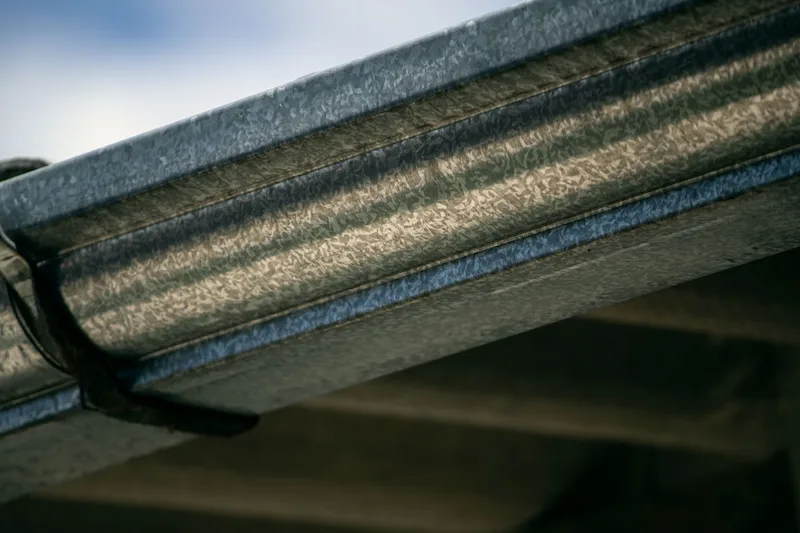Table of Contents
Storms can be unpredictable, wreaking havoc in ways that are often difficult to foresee. Ensuring your home is prepared for adverse weather isn’t just a matter of preference; it’s essential for safeguarding your family and property. What many homeowners overlook is the importance of regular assessments of their home’s exterior and systems, which can help mitigate damage during storms. By taking proactive measures and understanding your home’s vulnerabilities, you can significantly reduce the risk of complications when the next storm strikes.
Examine Your Roof for Vulnerabilities
Your roof plays a critical role in protecting your home from the elements. A comprehensive inspection can reveal potential weaknesses that may become problematic when faced with intense wind and rain. Check for missing shingles or tiles, visible flashing damage, and signs of wear or moss growth, as these can indicate moisture retention. If you notice any issues, roofing professionals at https://whittsroofing.com/roof-flashing/ advise that it’s wise to consult with reliable roofing contractors who can provide expert advice on repairs or replacements. An intact and well-maintained roof is your first line of defense against storms.
Seal Doors and Windows Properly
The functionality of doors and windows is pivotal during a storm. If there are gaps where wind and water can penetrate, your home’s interior could suffer significant damage. Inspect all frames for any visible cracks or gaps, and make sure your seals are intact. Weather stripping can be an effective solution, helping to block drafts and prevent water intrusion. Remember, even small openings could lead to big problems when storm conditions hit.
Check Your Gutters and Downspouts
Clogged gutters can lead to water pooling on your roof, increasing the likelihood of leaks and structural damage. Evaluate your gutters and downspouts to ensure they are free from debris. Clean them regularly and confirm that they are directing water away from your foundation. A simple maintenance task can save you from overwhelming repairs later, particularly when heavy rain is forecasted.
Prepare Your Yard and Landscape
Strong winds can easily dislodge trees and heavy branches, posing serious threats to your home and personal safety. Analyze your yard for potential hazards such as weak branches or trees positioned too close to your home. Trim any branches that could break under storm conditions. Furthermore, securing garden furniture, tools, and other loose items will help prevent them from becoming projectiles during high winds. Take the time to create a safer outdoor environment before inclement weather strikes.
Inspect Your Home’s Foundation
A strong foundation is vital for the structural integrity of your home, especially during severe weather. Look for cracks or other signs of wear that could compromise its stability. If you notice abnormalities, consider solutions such as sealants or reinforcements to bolster your foundation against heavy rainfall and flood risks. Being proactive can prevent extensive damage and costly repairs that compromise your home’s safety and comfort.
Evaluate Your Preparedness Plan
It is crucial to have a family emergency plan in place for storm scenarios. Ensure that everyone in your household knows their responsibilities in the event of severe weather. Create a list of emergency contacts and ensure that your phone and essential devices are charged during storm forecasts. Discuss where to meet up if separated and establish a communication plan. Having a solid preparedness plan can save valuable time, ensuring that you and your loved ones stay safe when storms approach.
Review Insurance Policies
Now is the ideal time to take a closer look at your homeowners’ insurance policy. Understand what types of damage are covered and whether additional coverage is necessary, especially in storm-prone areas. Reviewing these policies can provide peace of mind, knowing that you are protected against damage that may occur during severe weather events. If needed, consult with your insurance agent to discuss adjustments or additional coverage options.
Conduct Regular Maintenance
The best way to prepare for a storm is through consistent home maintenance. Create a routine to inspect critical areas of your home routinely, including plumbing and electrical systems. Performing regular maintenance checks can identify potential issues before they escalate into significant problems during a storm. Staying on top of these tasks means your home will be ready to weather any storm.
Stay Informed and Educated

Awareness of local weather patterns and storm warnings is essential for preparation. Listening to weather forecasts and subscribing to alerts can keep you informed about impending storms. Additionally, being educated on storm preparedness resources will equip you with the knowledge to protect your home effectively. The more informed you are, the better your ability to react when the weather turns fierce.
Ultimately, preparing your home for the next big storm requires diligence and awareness of your surroundings. Taking preventative actions—such as ensuring a sturdy roof, secure windows, and an effective emergency plan—will help reduce the likelihood of damage. By investing time and effort into these preparations, you can enhance the safety of your family and safeguard your property from nature’s fury.
Want to explore something different? The Role of a Will and Trust Lawyer: What You Need to Know

